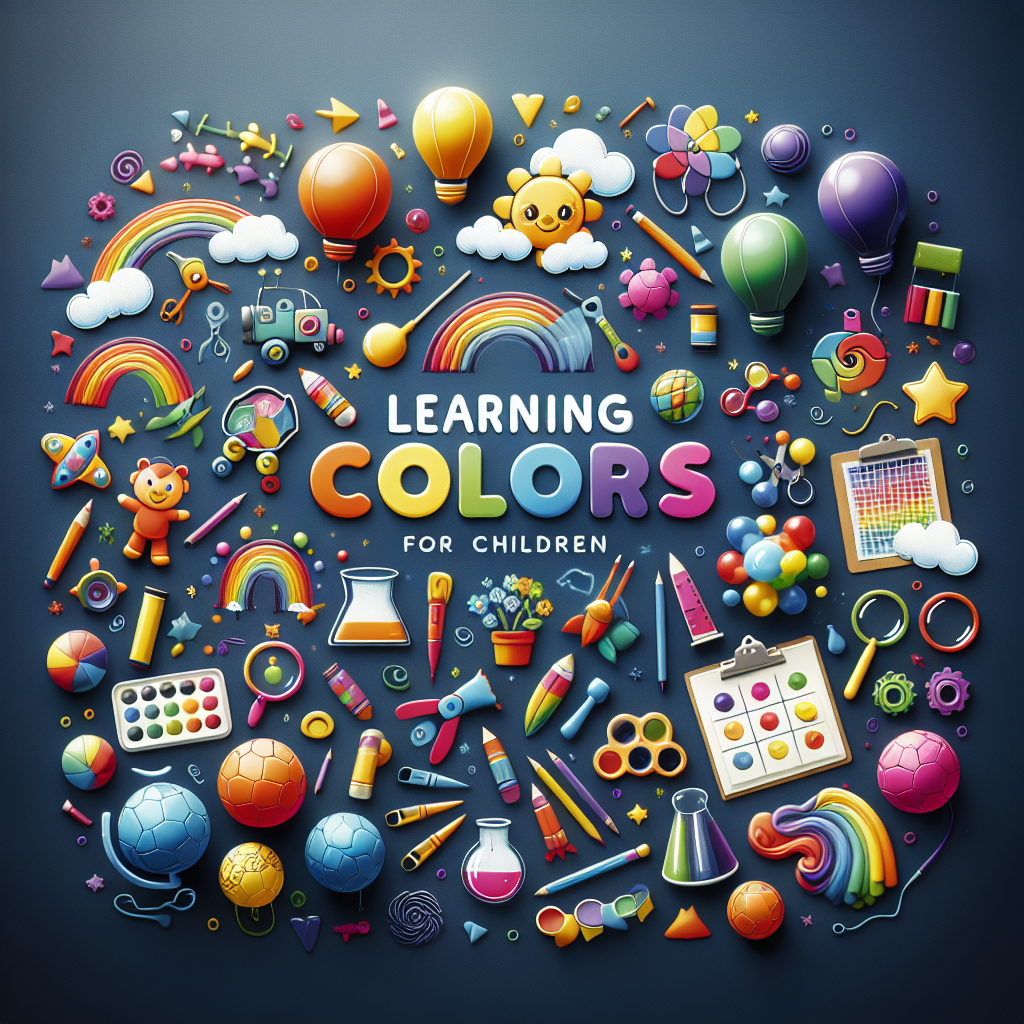Let's Learn Colors: Recreational Activities for Children
Children are like sponges, absorbing new information every day. Learning colors is one of the most fundamental aspects of their early development. Through play and recreational activities, this stage of learning can become an enjoyable and memorable experience for both children and parents. Let's discover together how we can make learning colors fun and educational.
Motor Development through Coloring Activities
Coloring is one of the simplest and most effective ways to introduce the child to the world of colors. Fine motor development is encouraged as little ones learn to hold pencils and color inside the lines. Start with coloring books that have large, simplified images to make the process as easy as possible for them at first. As they improve their skills, you can move on to more complex pictures or let your child draw freely, encouraging them to use a wide variety of colors.
Language Development through Games and Songs
Children learn best when they are taught in a way that combines fun with education. Games and songs are an exceptional tool in this regard. There are a variety of animated songs that focus on colors and are catchy and easy to remember. Also, games like "What color is this?" helps them associate the objects around them with the corresponding colors. Encourage them to use the color in complete sentences to improve their vocabulary too.
Color Recognition through Simple Science Experiments
Children are also fascinated by experiments. Mixing colors to create new ones is an activity that will keep them engaged and excited. Use watercolors or edible paints mixed with water to show them how two colors combine to form another color. This not only teaches him the basic colors, but also the simple principles of the secondary colors.
Memorizing Colors through Board Games
Board games are a great way to reinforce color recognition in a fun and interactive way. Games like "Twister" or "Candy Land" are full of vibrant colors and give children the opportunity to identify and memorize them. In addition, these games improve other skills such as turn-taking, strategy and pattern recognition.
Arts and Crafts Using Various Materials
Crafts are another great way to explore colors. Using different materials such as colored paper, glitter and beads, children can create works of art that are both personal and colorful. These activities develop their creativity and give them a sense of pride when they see their work completed.
Digital Educational Apps and Games
In the age of technology, there are multiple educational apps and games that can help learn colors in an interactive and modern way. These digital resources are designed to engage children and test their knowledge in a fun and interactive way, all from the comfort of your home.
Conclusion
Learning colors is essential to child development and can be incorporated into many recreational activities. Whether it's coloring, singing, games or art, the key is to keep the process fun and engaging. Parents play a crucial role at this stage, providing guidance and support. Now that we have so many resources at our disposal, from coloring books to mobile apps, learning colors has never been more interesting or accessible. We hope this colorful journey will open doors to a world of possibilities and be a great starting point for your child's education. Don't forget to visit our Learning Materials Store and subscribe to our newsletter for more helpful tips!














































































































































